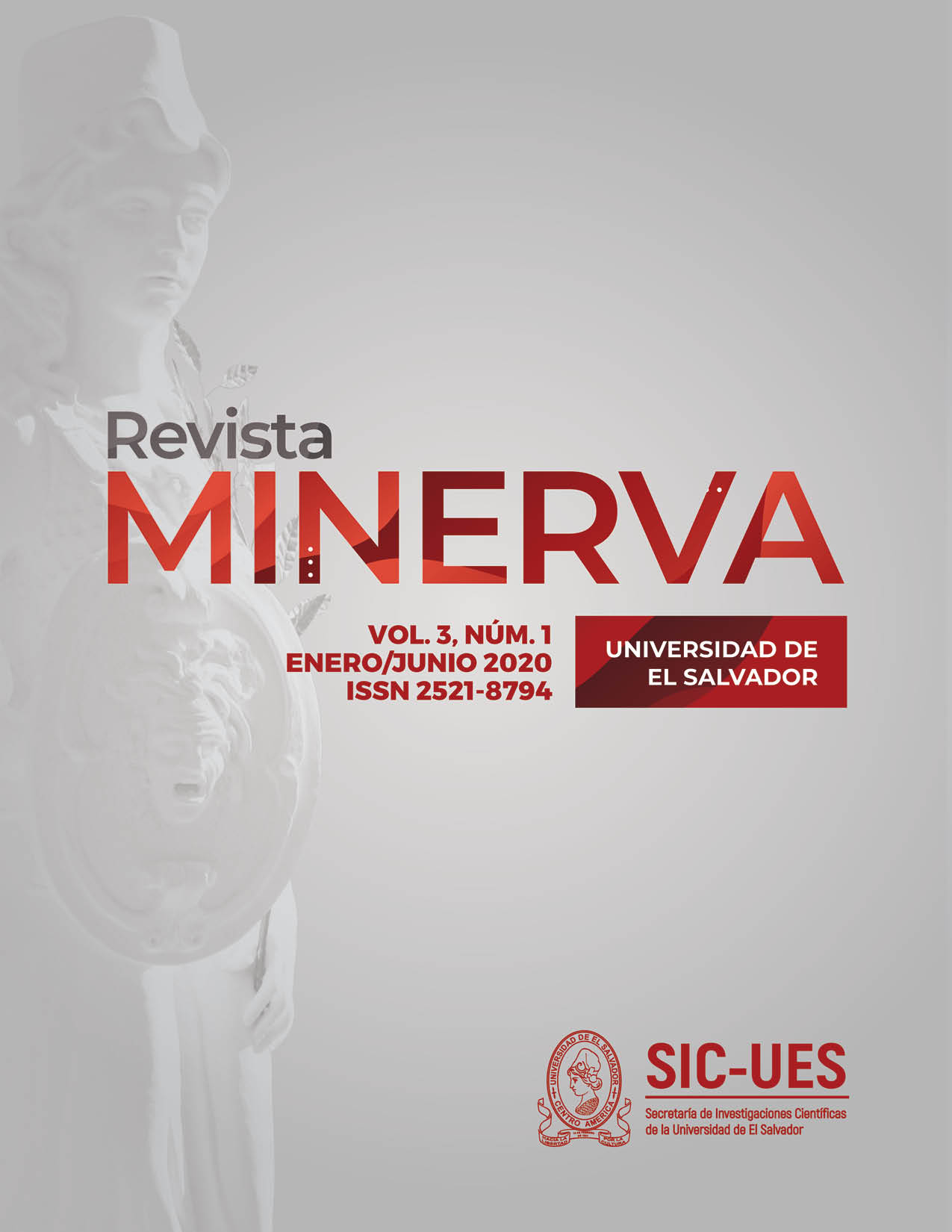Effect of parity, abortion and postpartum conditions on reproductive and productive parameters in dairy cows, in two farms in Sonsonate, El Salvador
DOI:
https://doi.org/10.5377/revminerva.v3i1.12468Keywords:
Records, reproductive parameters, productive parameters, abortion, mastitis, placental retention, metritisAbstract
The investigation was carried out in two dairy farms (both adjacent), located in the department of Sonsonate, El Salvador. Farm 1 has 140 milking cows and livestock 2, with 750 cows in milk. The study included cows calving in the years 2015 to 2017. The objective was to study the effect of parity, abortion and postpartum on reproductive and productive performance; the study had a duration of 8 months. The updated records were accessed for reproductive events and milk production, in the VAMPP® Bovino 3.0 program in farm 1 and AfiFarm® in farm 2. The information was tabulated and organized in a database on an electronic sheet of the Excel® program. Variables such parities, the occurrence of mastitis, metritis, placental retention and abortions were defined as grouping variables and variables days to first heat, days to first service, interval first service conception, open days, services by conception and intervals between deliveries as dependent daily production (kg) and total lactation production (kg). The effect of parity on the reproductive parameters was evaluated by means of a non-parametric analysis of variance, while its effect on the productive parameters was evaluated by means of a variance analysis. The effects of abortion and postpartum conditions on the productive parameters were evaluated by means of a T student test and for the reproductive parameters a Wilcoxon test (Mann-Whitney U). The differences were considered significant at a probability less than or equal to 5% (p ≤ 0.05). The parity was significantly associated (P <0.01) with the reproductive parameters, in both farms except for the days to first heat and first service in livestock 1, all parameters were lower in firsts than in adult cows. Dairy production per day and lactance were lower in heifers in farm 1, while in farm 2, primiparous had the same production as cows with 2 to 4 deliveries and the older had a lower production. A significant association (P <0.01) was found between abortion, mastitis and the parameters first service conception interval, open days, services by conception and calving interval for both farm, showing better performance the cows that did not present these events. Additionally for farm 2, a negative effect (P <0.01) was found on the productive parameters for these two conditions. In the case of placental retention, it had no effect (P> 0.05) on most reproductive and productive parameters with the exception of services by conception in farm 1 and the days to first heat in farm 2. While metritis negatively affected (P <0.01) all reproductive parameters in farm 2 and did not affect production in any. The principal conclusion was: the reproductive parameters are negatively affected by the status of parity, abortion and the occurrence of mastitis and metritis, while production is mainly affected by parity and mastitis on a negative way.
96
Downloads
Published
Issue
Section
License

This work is licensed under a Creative Commons Attribution-NonCommercial-NoDerivatives 4.0 International License.

